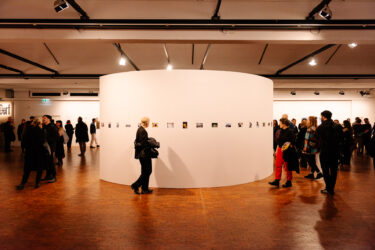
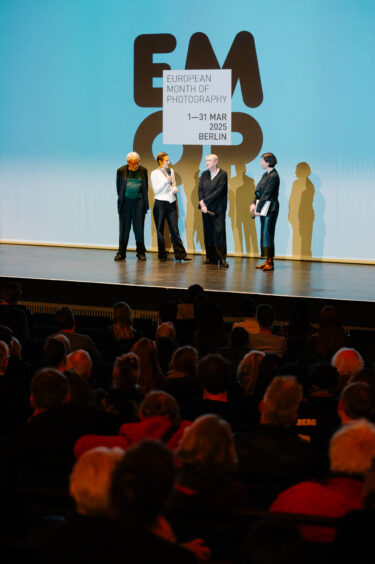
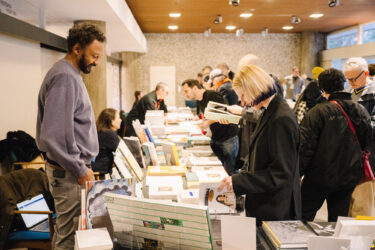

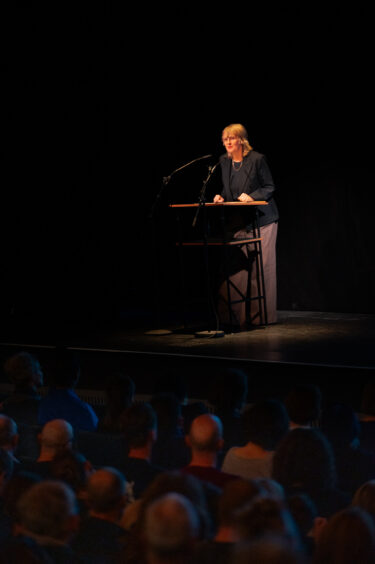
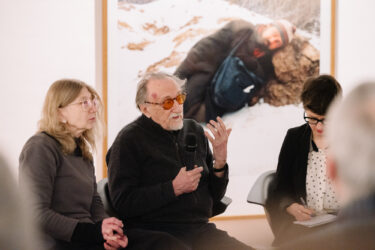
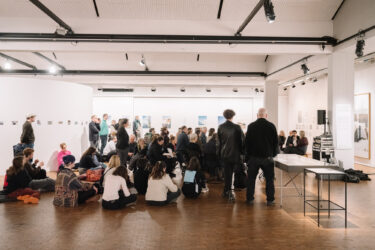
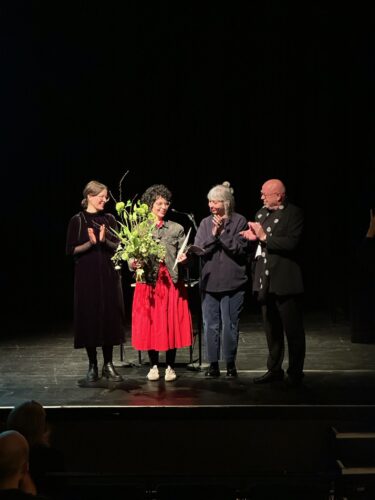
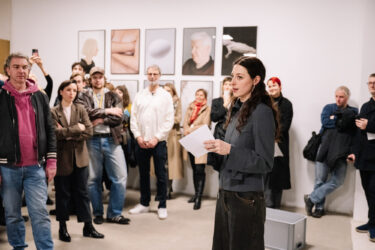
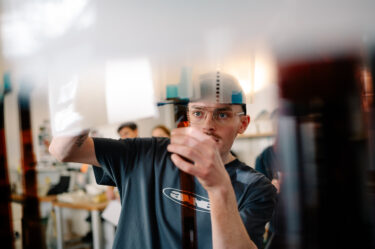
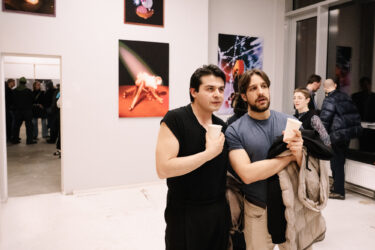
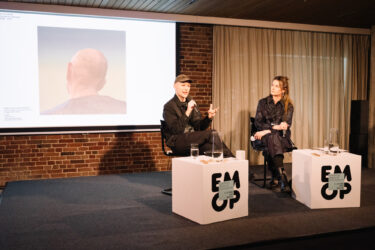
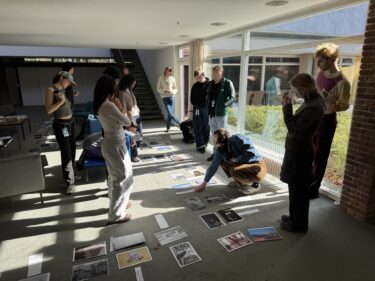
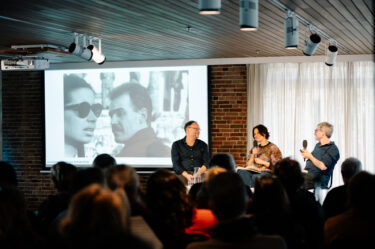


























































































































































EMOP Berlin – European Month of Photography
Mit dem Leitmotiv was zwischen uns steht startet der EMOP Berlin in sein Programm zur Festivalausgabe 2025. Gefährliche politische Stimmungslagen zeigen, dass Demokratien brüchig zu werden drohen und ihr Fundament auch in Europa fragiler ist, als lange geglaubt und immer wieder neu gefestigt werden muss. Man möchte mit der eigenen Stimme – und mit Bildern! – entgegenhalten.
Der EMOP Berlin schaut daher genauer hin und bringt Ausstellungen zusammen, in denen mit fotografischen Projekten Beobachtungen, Erfahrungen, Erwartungen, Hoffnungen und Befürchtungen zu unterschiedlichen Konfliktlagen Raum gegeben wird. Dabei möchte der EMOP Berlin den anhaltenden Mechanismen der Polarisierung mit seinen Beiträgen das Dialogische entgegensetzen.
Am 27. Februar 2025 laden wir Sie zur Eröffnung der zentralen Festivalausstellung was zwischen uns steht. Fotografie als Medium der Chronik mit Projekten von rund 20 zeitgenössischen Künstler*innen in unser Festivalzentrum in die Akademie der Künste am Hansetatenweg ein. Von hier aus starten wir in die EMOP Opening Days am gleichen Ort: mit zahlreichen Künstlergesprächen, Paneldiskussionen, einem Filmabend und einer Preisverleihung – und natürlich der großen EMOP Eröffnungsparty.
Die entscheidenden Akteur*innen im größten biennalen Festival fotografischer Bilder in Deutschland aber sind die vielen Museen, Ausstellungshäuser, Gedenkstätten, Archive, Sammlungen, Bibliotheken, Kulturinstitute, Universitäten, Kunstakademien und andere Ausbildungsorte im Bereich Fotografie, kommunale sowie private Galerien und Projekträume aus Berlin – zusammen mit den ausstellenden Künstler*innen. Sie sind es, die das Festival jedes Mal wieder auf Neue bereichern.
Durchblättern Sie den digitalen Programmguide des EMOP Berlin 2025.
Abonnieren Sie unseren Newsletter, um über aktuelle Entwicklungen und Termine auf dem Laufenden zu bleiben!






